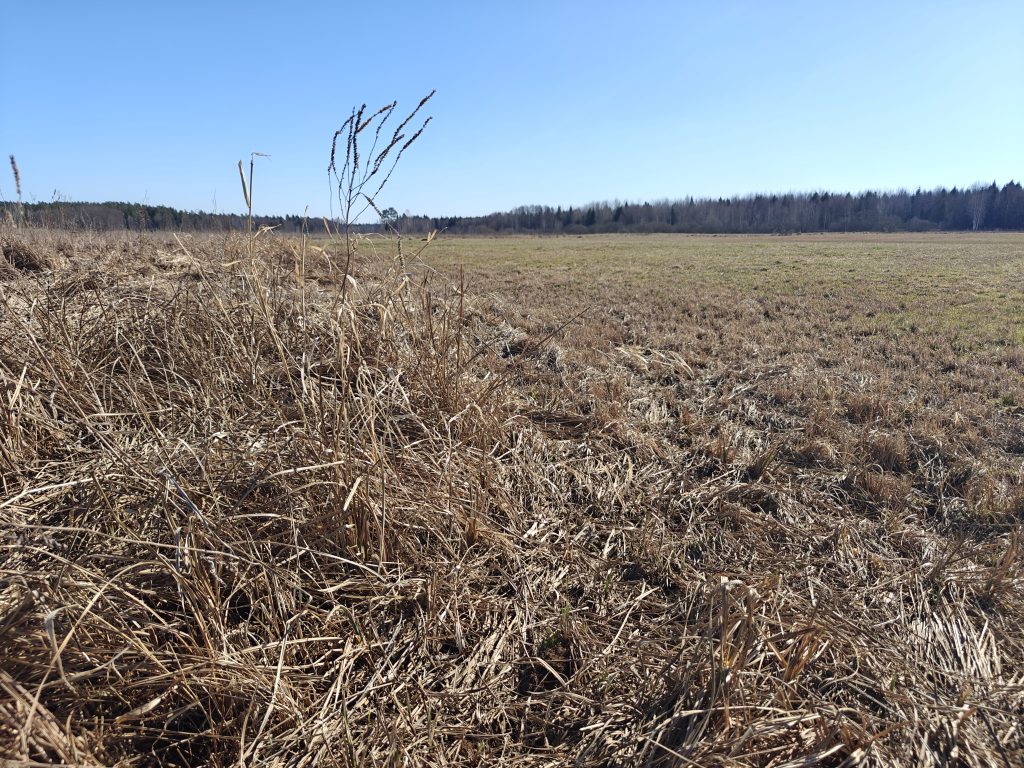Water key to the Great Snipe’s survival – new research on the hydrology of breeding sites in Poland

Our latest publication analyzes the hydrological conditions of Great Snipe (Gallinago media) breeding sites in Poland. Our research, conducted in Podlasie, Lublin and Zamojszczyzna regions, on 16 dubelta toking sites, showed that the most important factor affecting the number of males on the breeding sites was the lowest groundwater level during the breeding season. In short, the drier the worse. The optimum groundwater level should range from 0.04 m above ground to -0.43 m, but in order to maintain the stable condition of the breeding site, groundwater levels during the driest periods of the year should not fall below -0.2 m. These results can serve as a basis for the restoration and protection of Great Snipe’s breeding sites, especially where drainage, intensive agriculture or galloping climate change are threats. Pictured is a Great Snipe’s breeding site in the Supraśl valley in Podlasie.
More information: https://www.sciencedirect.com/science/article/pii/S1617138125001244?dgcid=author
Abstract
Hydrological conditions of habitats remain one of the key factors determining the occurrence, abundance, condition, successful foraging, and breeding success of a range of wetland bird species. Appropriate saturation of the topsoil, flooding recurrence, and groundwater levels assuring stability of peatland and riparian ecosystems remain critical indicators for habitat suitability and behavioral requirements for wetland biota. Hence, comprehensive and geographically distributed studies on relations between the occurrence of selected wetland bird species and defined hydrological indicators may allow for the formulation of specific target values that remain a key factor to successful habitat management. Based on the extensive automatic water levels monitoring, our research conducted a comprehensive hydrological evaluation on 16 breeding grounds of the Great Snipe Gallinago media located in the westernmost range of lowland populations in east Poland. Our field-research-oriented study over 3 years (2020–2022), was an attempt to find correlations between selected hydrological indicators and Great Snipe males number on the leks. We found that the multi-annual lowest groundwater level during breeding season best explained the abundance of Great Snipes males on the lek and was positively correlated with the number of males present on the lek. We did not find any correlations between changing saturations in habitats and changes in the abundance of males present on the lek over one particular lekking season. Our findings indicate, that management of the Great Snipe habitats, at least in its western-most range of lowland population, should be oriented at assuring high groundwater levels just before and during the lekking season (late April-mid-May), consistently throughout the years. We found that average groundwater levels could have described appropriate hydrological habitat conditions for examined Great Snipe habitats during the lekking season ranging from 0.04 m above the ground level (agl) to −0.43 m agl. We also revealed that the target depths to groundwater table in fens, drained peatlands and floodplains should be kept at the level of at least −0.2 m agl to sustain appropriate hydrological conditions to maintain large and stable leks. Provided results have the potential to become a goal in the Great Snipe habitat management, where drainage and agricultural abuse of habitats have been reported as a main threat to this species’ resilience in the edges of its range in Europe.